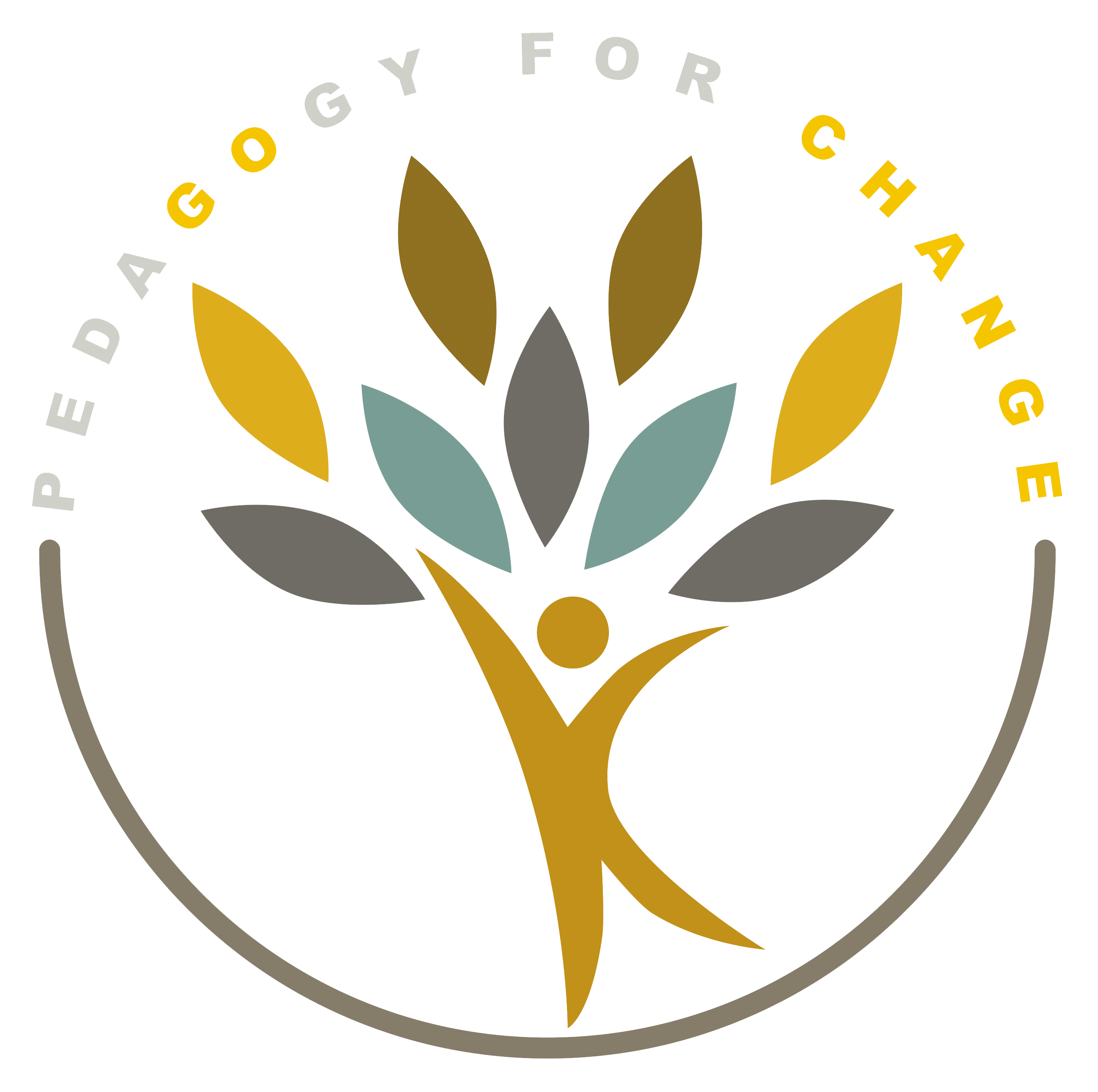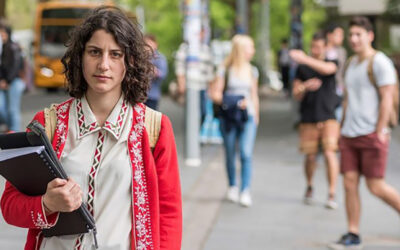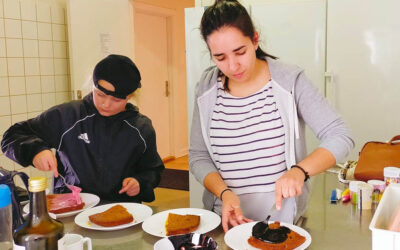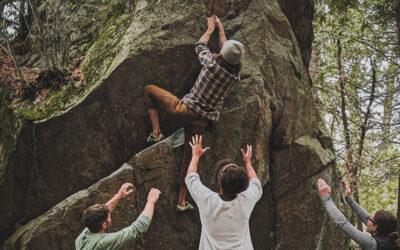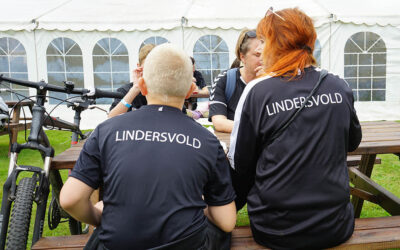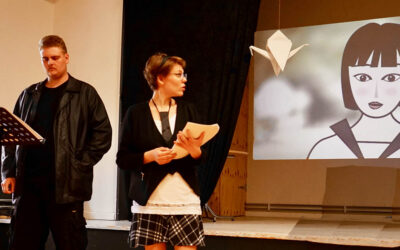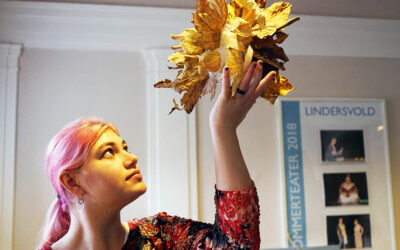

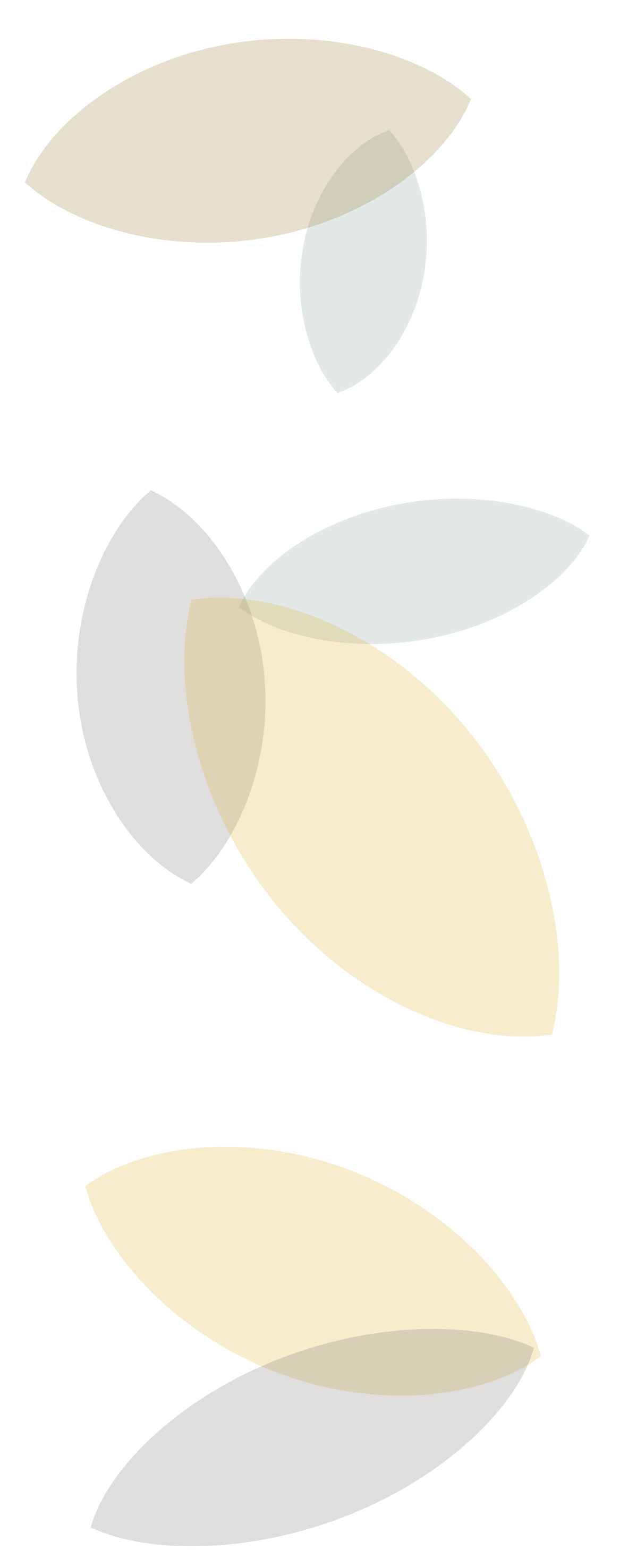
Helle at the Bogense Care Home
Helle works in a care home in Bogense, which is a small town on Funen in central Denmark. She has experience with international development as well as social education work.
Helle is responsible for the Development Instructors who do their initial training at the care home in Bogense.
In this blog post she talks about what kind of work the care home does.
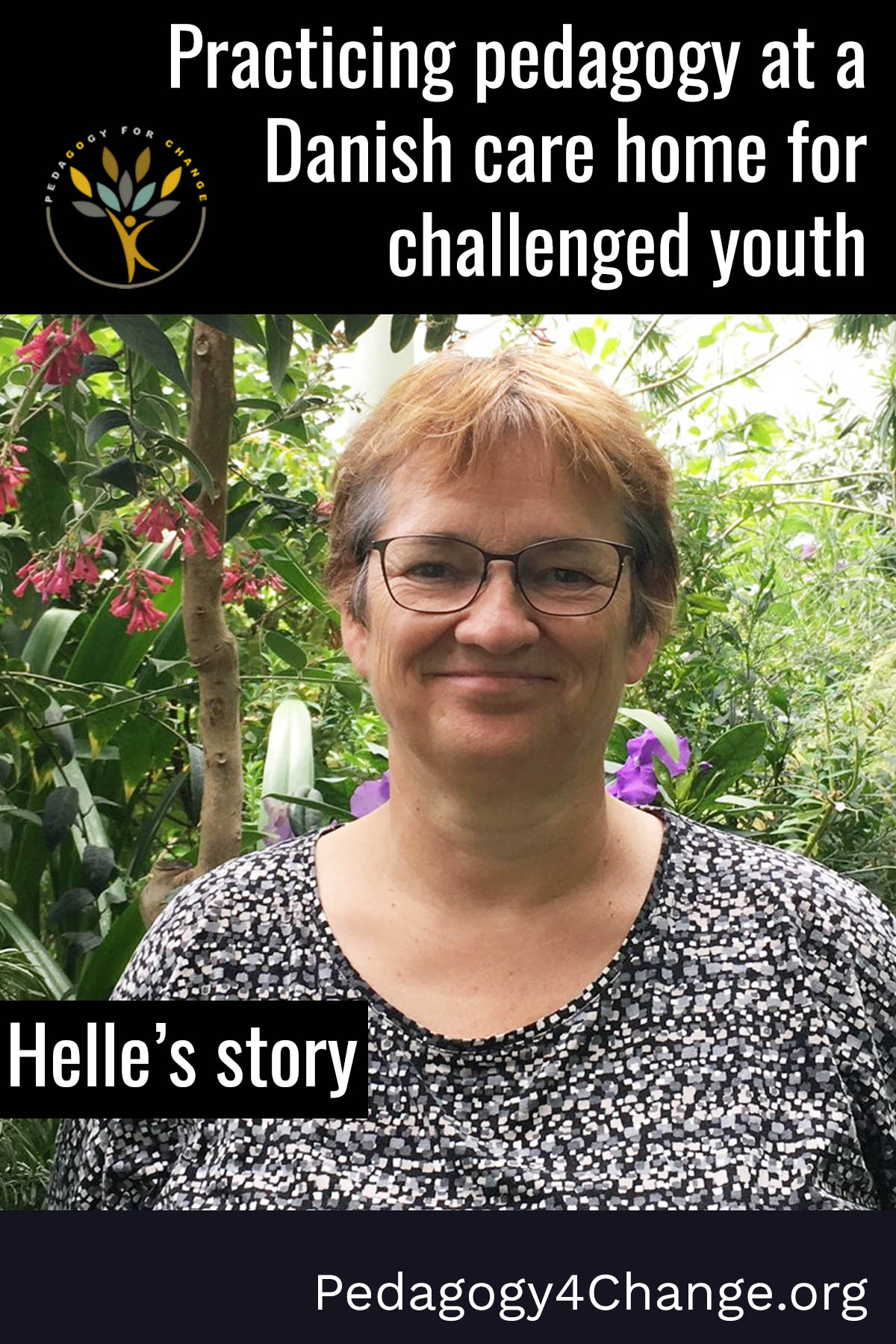
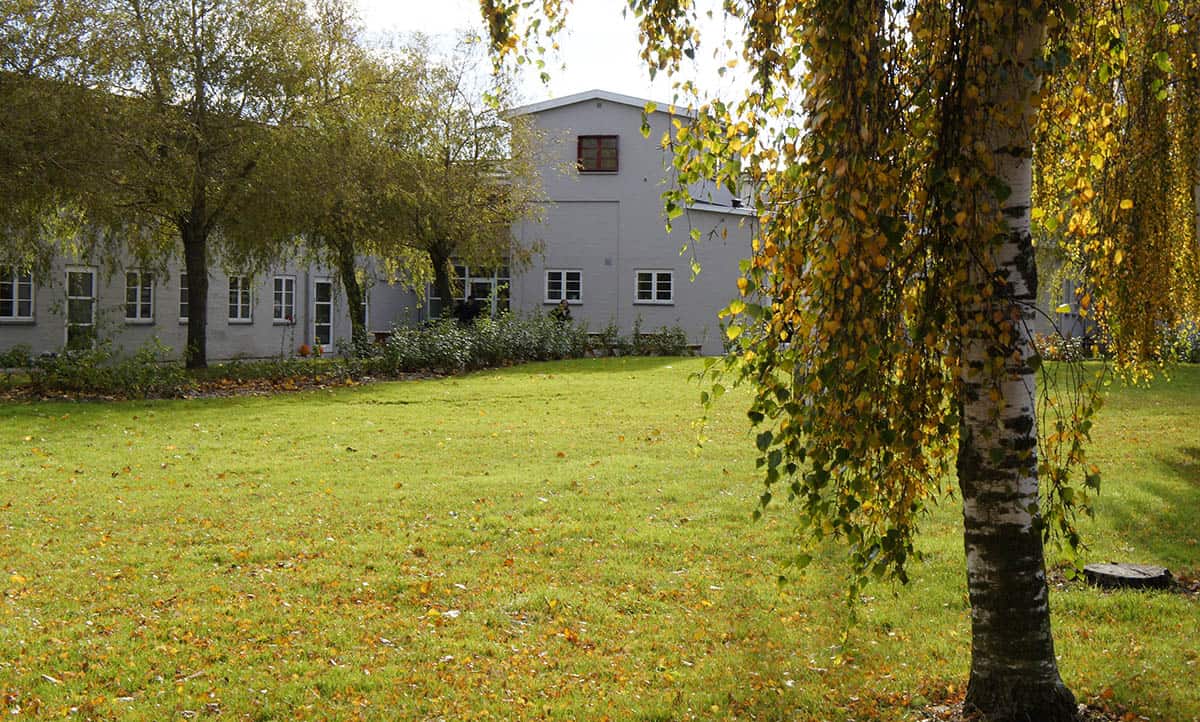
The Bogense Care Home and its students
The care home in Bogense is approved for 22 students from the ages of 13 to 29 years – so we have one department for children and youth, and another department for adults. Common issues for those young people mostly stem from lack of being taken care of when they were babies and during their early childhood.
Many of the youngsters come from families that are not able to live up to the responsibility to take care of them or guide them. Due to having suffered neglect in their early years, they often have to deal with a combination of lack of self-confidence, problems in school, being attracted to groups/gangs that are not positive for them and being in trouble with the law.
These are the reasons why the local social services decide that these youngsters need to be moved out of their negative environment and put in a position where they have better opportunities for following a positive life path. Some of them end up at our care homes.
We have a good set-up with ample space both indoors and outdoors and we have many experiences with creating activities that the students like and can grow from. We call our young men and women “students” because we look at their stay here as a learning process – in the school of life. In other places they would be called “residents”, “clients” or “youngsters” but we prefer “students”.
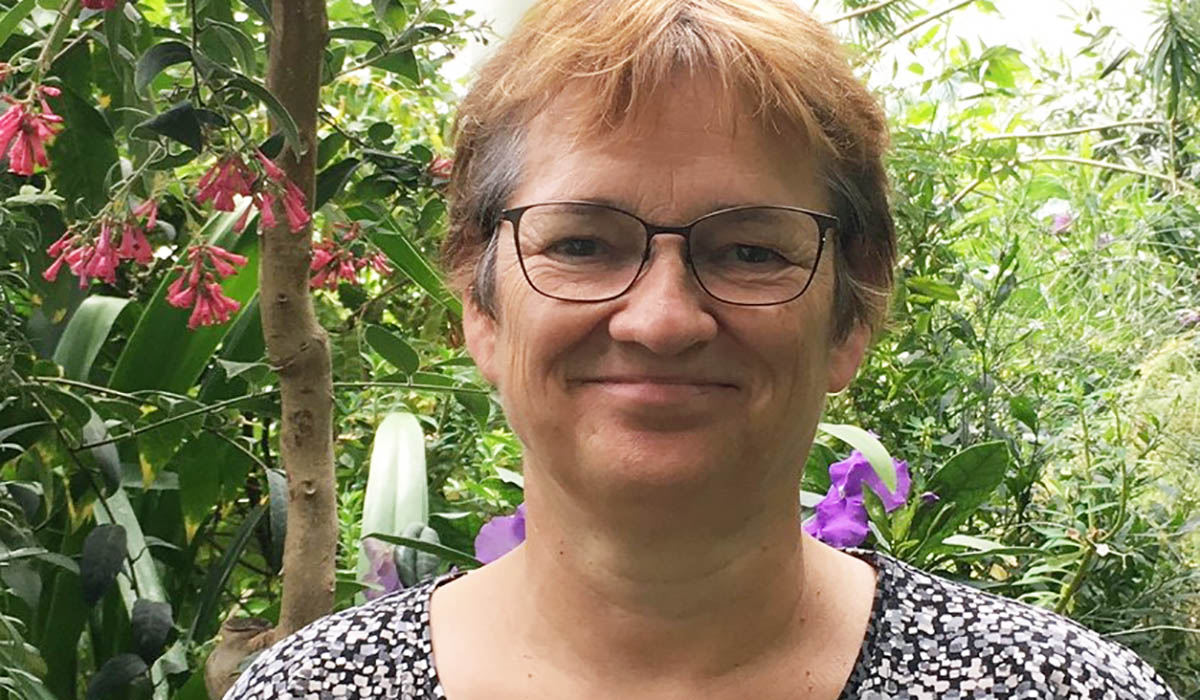
More about Helle
““I am Helle, I am 61 years old and have been working at Bogense for 15 years. I have been working mainly at the school department and now I work at the care home mainly with communication to spread information about the care home, the goals and the activities.
My other tasks include working with volunteers & Development Instructors’s, the garden farming, planning, activities in the local community, planning the food and many different other activities.
Before working here, I worked with Humana People to People with clothes collections, shops and generally running activities, for 20 years; in Denmark for five years, in France for seven years and in Spain for eight years. I have two children, aged 21 years and 24 years. “
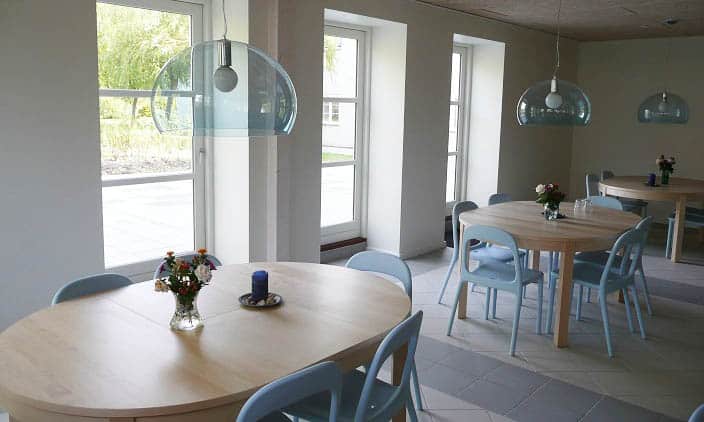
Small steps in a safe space
In this job we are often challenged because the students are not just doing, what we ask them to do, they are not automatically following their programme and they don’t get up on time every day as they are supposed to – and so on. They have many personal and psycho-social issues that makes it difficult for them to follow the conventional way of leading a life.
Many of the students cannot control their anxiety and fear, so it is important that we create spaces together with them, where they feel safe and dare to believe in themselves. When we see that small things can make them happy, and that we can create activities, situations and conversations that make them feel safe and taken care of – we know we are making a difference.
At the point when we feel they trust us, this is when we feel we are moving them, even if the steps are small – that is the gold of working here.
.
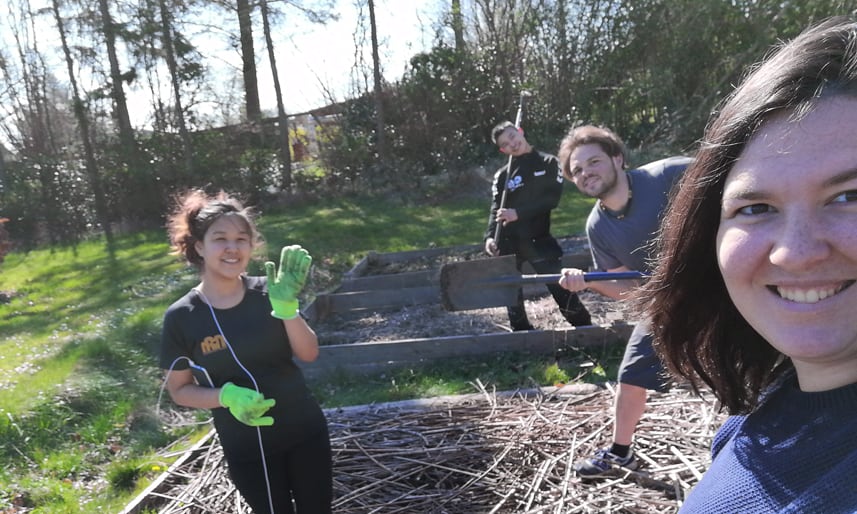
Experiencing progress is gold
Progress comes over time, and in small steps. We pedagogues and teachers discuss every day how to get the students to take responsibility for their own daily life. How to get up in the morning, how to do their maths homework and how to do housework like cleaning their rooms.
One example is a teenager who has been here for three years. He is over 18 years old now and he signed up at the local education centre to make his mathematics examinations. He had a task of completing 14 assignments. Right now, he is still missing half of them, and he sees it as a big task to get them done. But to see his excitement, when he got the response from the teacher, who said “well done – this is really good” was priceless. So, there are many discussions to keep him going and make him continue to take the exam, as well as encouraging him to take his medication… and it is an everyday task. That is an example of progress.
Another student recently moved into his own apartment. Two years ago, he had depression over several months and was doing absolutely nothing. Now, he is enrolled into secondary education. He gets up every day to catch a bus at 6 am. Now he understands the different discussions that we have had with him over time. Now, he is on the other side of the fight and he is finding his own way.
This is another example of progress and it is definitely worth the daily struggles. Basically, it is humble, consistent care work.
.
MORE GOOD STUFF
How to tackle intolerance
Being an active bystander means becoming aware that inappropriate or even threatening behaviour is going on and choosing to challenge it. Collective action is the way forward.
Mónica shares her experience
Mónica just finished the Pedagogy for Change programme and we asked her to share some of her considerations and main takeaways from her experience of practising and studying social pedagogy in Denmark.
“Zone of Proximal Development” exemplified
In this blogpost, we exemplify how the theory of the “Zone of Proximal Development” can be implemented in real life when working in the field of social pedagogy.
Social Pedagogy in Denmark
Scandinavian social pedagogy is known for its holistic practice which combines “head, heart and hands” – theory, empathy, and practice. A core value is respecting the individual’s rights.
Learning through theatre
Theatre is an important pedagogical tool which provides an opportunity for us to explore realms and realities outside of the classroom, without having to travel.
Artful expression in pedagogy
Art is a pedagogical tool which provides an opportunity for everyone to work with open-ended solutions rather than striving for conventional error-free essays or science reports.
